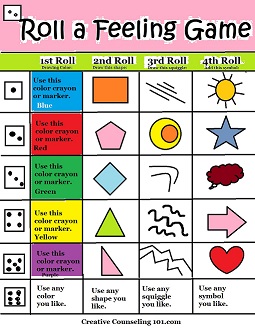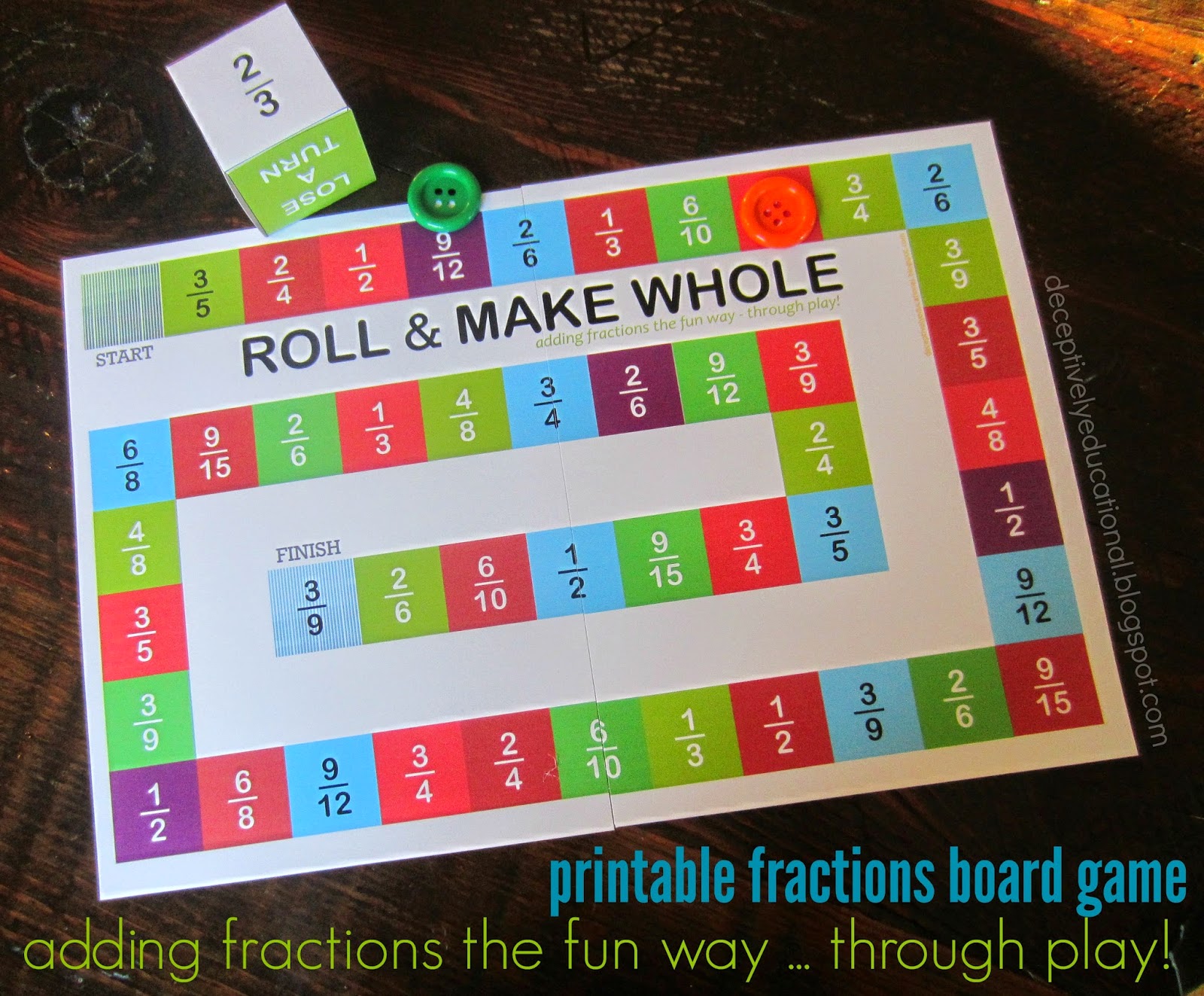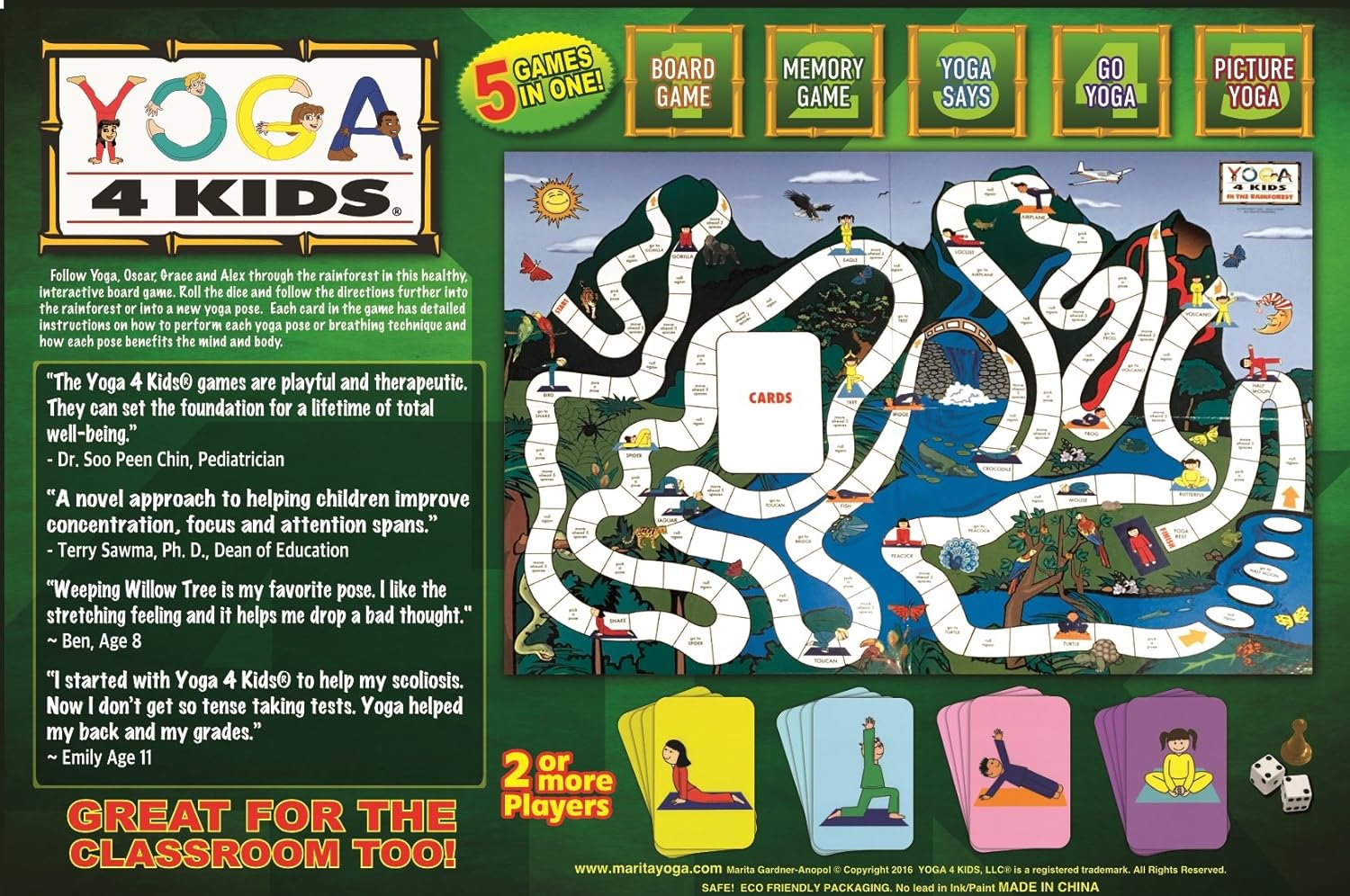I always used to be amazed at the shelves, full of colorful learning materials available in my kids classrooms. No matter what grade they were in, there always used to be so many board games and different types of plastic figurines and dices and measuring scales and so much more that always struck my curiosity. I wondered how the colorful plastic bears and the Quarter Pizza fractions game helped my child learn in school. I always thought these resources were there to keep the kids busy on a quite snowy afternoon.
I learnt this was all part of Play Based Learning or specifically Game Based Learning.
Game based learning is essentially, to learn while playing a game.
Imagine you’re sitting in a classroom and all the teacher does is standing front of the smart board, project their notes and read the verbatim. Like the most of us, you’re likely to be bored out of your mind and soon your mind will wander off to distant places as you loose your interest and concentration.

But classroom education does not have to be mind numbing! Using game based learning in the classroom helps engage students by directly involving them in the learning process. The result? Improved retention of material learnt, increased student engagement, sharper attention span, enhanced concentration and an overall joyful learning experience with few stressful situations.
This term covers a broader aspect. As to what activities can be counted as play, the benefits of game based learning on the cognitive, behavioral and psychological development of a child, and the role of the educator in play to facilitate maximum learning development.
While researching the benefits of play based learning, two different types of play has been the primary focus. Free play, which is directed by the children themselves, and guided play, which has some level of teacher guidance and involvement.
Free play is typically described as play that is more child directed. It’s voluntary and is self motivated. Of course, not forget the fun and pleasurable aspect of this division of play. One type of free that is frequently observed is socio-dramatic play, where groups of children practice imaginative role-playing using materials at hand and sometimes creating social situations and following social rules such as pretending to be different family members or a class room set up or a day at the grocery store.

On the other hand, the term guided play encompasses play activities with some level of adult involvement to facilitate and extend additional learning opportunities within the play itself. However, it is substantial to establish that who has the control over the play activity.
Whatever the type of play the child is involved in, there is a growing body of evidence in favor of the use of game-based or play-based learning to support multiple areas of learning and development in children especially in the classroom environment.
Benefits of Game-based Play
A well designed game and supporting materials in the class can make education more relevant by enabling students to step into different roles, confront problems, make meaningful choices and explore the consequences of these choices.
Teachers are now confronted with larger classrooms with widely divergent capabilities. These kind of learning materials and board games let the children take on various challenges, fail in a safe environment and ultimately succeed and Level up at their own pace. Using games in the classroom setup enables the children to build an emotional connection to learning and subject matter. It provides opportunity for feedback and practice. The games can at times be customized to individualized teaching situations as well.

Moreover, games draw students to engage in their courses more actively and a healthy competition can pique their motivation. As students feel more able to achieve their interim goals, it makes them feel successful and they can see their progress. They also learn about the availability and value of alternative procedure for an increased comprehension of their subjects. All this, aids the students to become more confident, independent thinkers who are more prepared to take on large projects and carry them through completion.

Though we have established that games in class are beneficial in key learning aspects of a child but let’s explore how games work to improve multiple facets of a child’s learning dominion.
Improved recall and Retention
Classroom games (Especially video games) encourage creative thinking and problem solving. If all you do is ask the students to read 20 pages a week from a history book or study flash cards, they are likely to forget everything that they have learnt. And to be honest, it’s is a bit boring and students are likely to lose interest before they reach page 4.Believe it or not this process can be sometimes traumatic for some kids who feel inadequate or a failure in retaining information.
To help students recall information better for their exam day, a better approach would be to combine readings and traditional lecturing with interactive classroom role-playing to help cement the material. For example, you can split your class into two different groups of governments (democracy, monarchy, dictatorship etc) and present with a relevant social issue. Then ask them to extract from their readings to create a short enactment of how their type of government would respond to that issue. Students can even present a bill and debate the merits and drawbacks of the bill under consideration to be passed as a law. These kind of fun and memorable experiences will stick with kids well beyond the classroom.
Development of Problem Solving Skills
Good games help the kids develop and practice problem solving skills. For children and teens, this is an important skill to learn early in their lives so that it can serve them well into their childhood.
Maybe you’re teaching measurement and weights in class and show the kids various videos of materials different in weight and mass and shapes. and show them dropping from a height. The kids will still not get a fair idea till they use actual physical objects to interact with. Using an actual scale, designed for a safe play in the classroom can help students in better understanding the difference in the weight of the various objects, no matter what their shape and size. For instance, the kids will be surprised to learn that an empty lunch bag weighs less than a tiny but sturdy chalk box filled with chalks. This, you way would still teach the same topics, but with more emphasis on practicality.
Regardless of what you are teaching, the key is to get students thinking and answering questions, not just reading and memorizing.
Instant Feedback
How does one measure whether the kids understood the subject matter at hand through your lectures or their readings? Well, the old fashioned way is to test them with a quiz, but some students have shown to be so intimidated by this method of assessment or are so uninterested in this traditional approach that they end up under performing at these types of tests. Classroom games not only improve student engagement but also gives you an instant feedback on how well the kids are understanding the topic under study---because fun games help open even the shyest of students and gets everyone involved.

Choosing the Right Games for the Class
Obviously, the games you choose to include in the classroom need to align with the lessons and teaching goals. Certain characteristics need to be kept in mind for maximum effectiveness.
The games should be age appropriate and easy to use so that children don’t have to sift through manuals or go through the You Tube tutorials to figure out what the game is about. Effective classroom games are easy, simple, to the point and fun.
Games can be categorized and distributed for class activities or saved for a rainy day.
Engaging classroom games also have meaningful and tangible goals for students to complete. In Other words, the games are not given to the students solely for the sake of entertaining them- the games should be fun and challenging with deliberate coordination with the lesson plans.
A combination of educational video games, role-playing group activities or exploratory materials in the classroom can make it a learning haven for the kids.
Everyone is playing games outside, why not play in the classroom too. After all, the paramount goal of education is to remind students that learning is a fun and worthwhile endeavor. With classroom games the students gain valuable literacy and social skills, retain more content that is taught to them and most importantly, come excited to class to learn.




